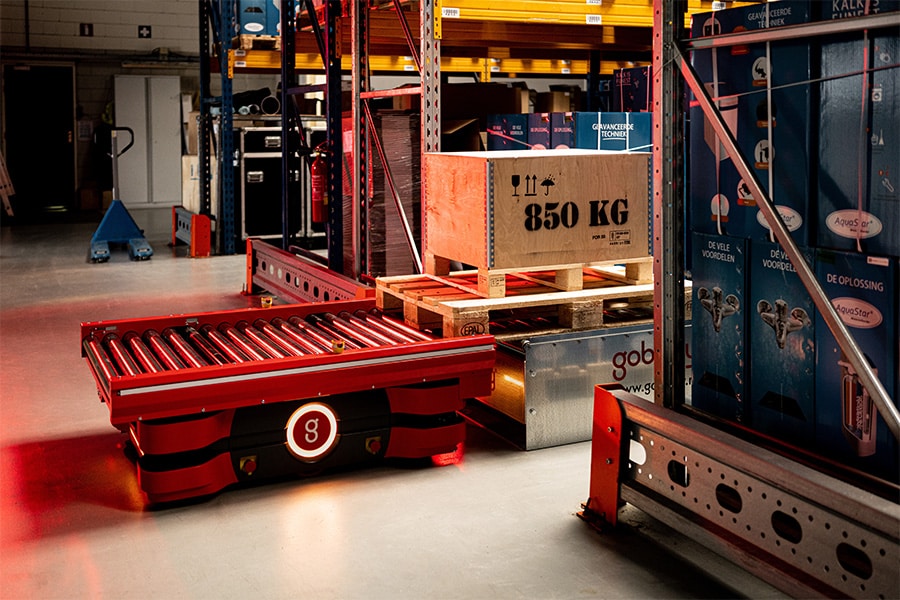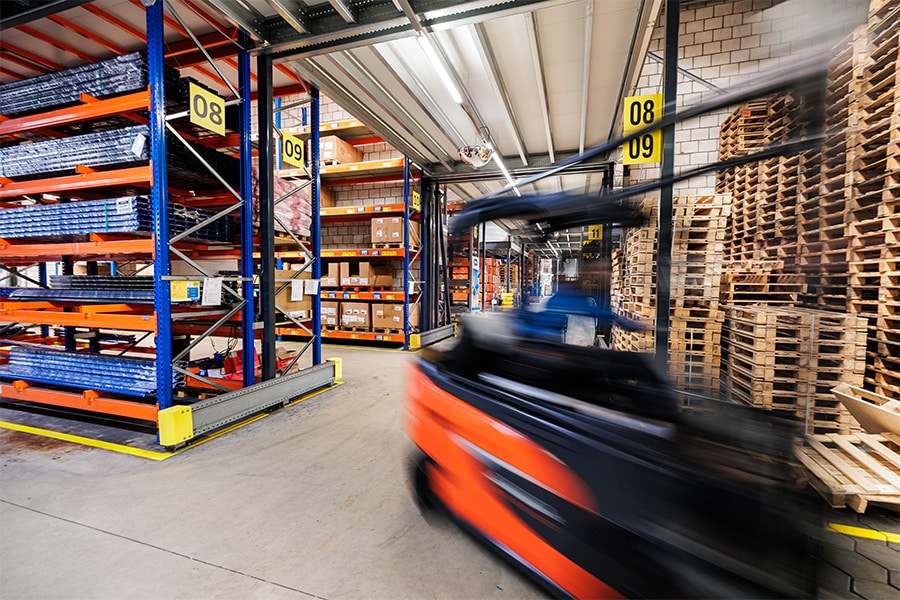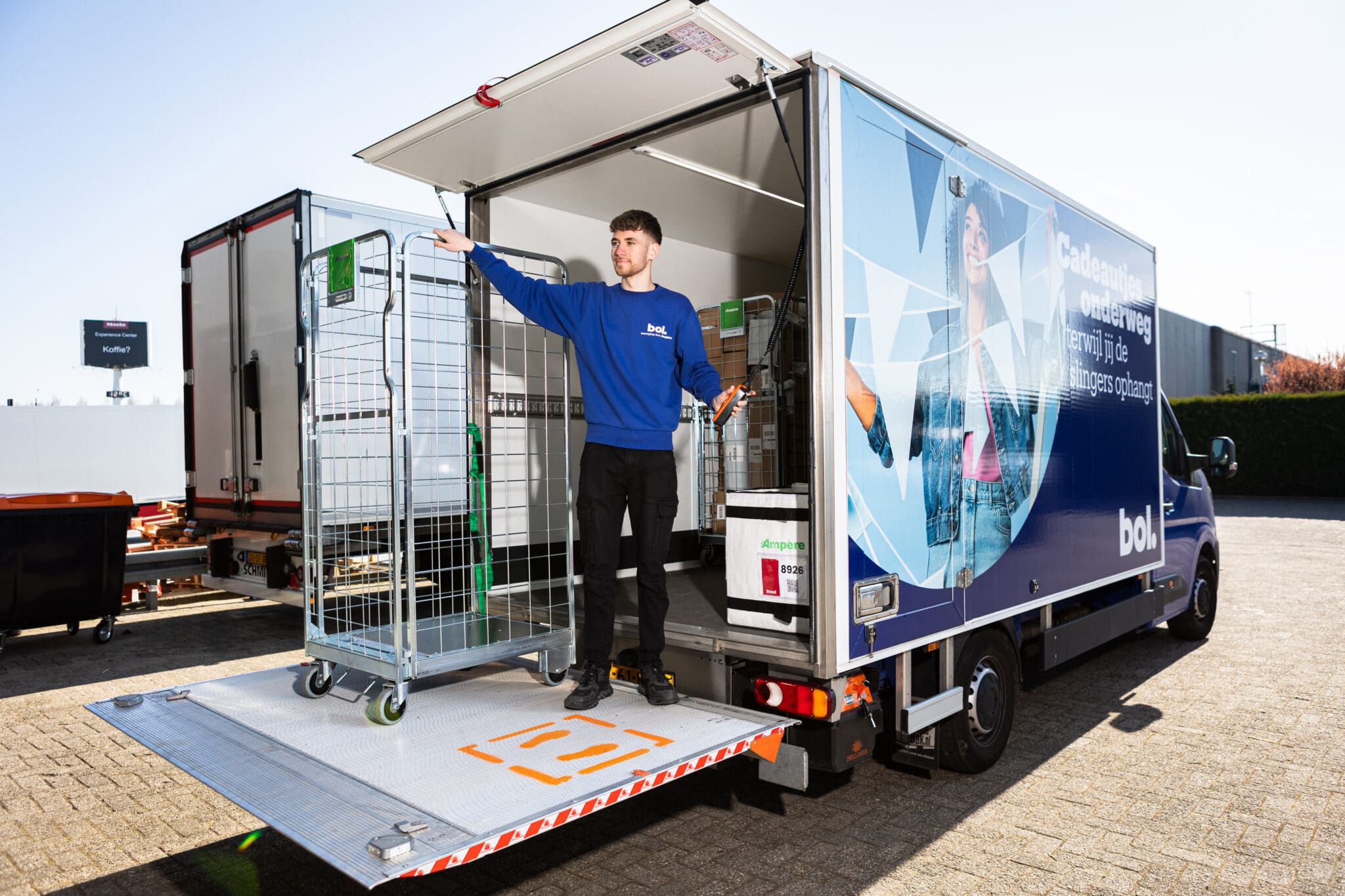
Why renew wooden works of art, when they can be repaired?
Restoration, in addition to being more financially beneficial, is also better for the environment.
The Netherlands and water; two elements that are inseparable. We protect ourselves from the water by building dikes, bridges and locks. We benefit from the water with our ports, rivers and canals. To keep doing this into the future, many hydraulic engineering structures need a thorough overhaul. Even though the structures are often partially deteriorated, many municipalities, provinces and water boards still choose to renew wooden structures instead of repairing them. This not only costs a lot of money, but also creates a high CO2-emissions and waste of tropical hardwood.

Figure 2 Environmental costs of bicycle bridges at different life spans. A wooden bicycle bridge causes by far the lowest environmental impact for all life spans, even when replaced in the interim. Source: 'Comparative LCA study - determining sustainability score of bridges constructed in steel, concrete, composite and wood' commissioned by the National Entrepreneur's Office (RvO).
Wood in hydraulic engineering
When renewing wooden structures, materials such as concrete, composite and steel are often chosen. In addition to high costs, these materials also entail high environmental impact as seen in the comparative Life Cycle Analysis (LCA) for mooring posts in Fig. 1. Replacement with composite causes by far the highest environmental damage followed by replacement with steel, concrete and wood. In contrast, repair of wood gives by far the least environmental impact.
Lifetime wood
When replacing with steel, concrete or composite, the argument is often made that wood would not have a long lifespan and therefore steel, concrete or composite would be more sustainable. According to research commissioned by the Government Service for Entrepreneurs (RvO), it appears that with interim replacement or renovation, wood still causes the lowest environmental impact and is therefore the most sustainable option (see fig. 2). In addition, replacement with composite, steel or concrete causes a lot of environmental nuisance due to the pulling and driving of piles.
Repair rather than replace
In cooperation with TU Eindhoven, Protekta developed a restoration method for wooden works of art in 2009, after extensive testing, in which the artwork regains its original strength: the patented Protek Aqua® method. Here, an epoxy developed in-house is used that has been tested for tensile and bending strength, for durability of adhesion, for environmental influence and for the influence of temperature differences (coefficient of expansion). After implementing the repair method, Protekta provides a 20-year warranty on the work done.

Figure 1 Environmental cost of mooring posts when replaced and repaired. Repairing a wooden bollard causes 7 times less environmental impact than replacing a wooden bollard with a new wooden bollard. Source: 'Comparative LCA for mooring posts (repair, wood, steel, concrete, composite)' conducted by Stichting Hout Research Wageningen (SHR).
Specialist in wood restoration in hydraulic engineering
With restoration rather than replacement, historic wooden works of art are preserved. This is how we preserve our protected village and townscapes in the Netherlands. In addition, by restoring instead of replacing, we also reduce damage to the environment through, among other things, a much lower CO2-emissions with this method. In addition to being the most sustainable option, restoration is also the most economical option because the problem is addressed locally and no healthy tropical hardwood is wasted.
For these reasons, an increasing number of municipalities, provinces, contractors and water boards have chosen our Protek Aqua over the past decade.® repair method when restoring locks, bridges, fenders, mooring posts, dolphins. This is how Protekta works with its clients toward a sustainable future.
Protekta
Dommel 29, 5422 VH Gemert
T +31 492 36 42 92
E info@protekta.nl
www.protekta.nl



